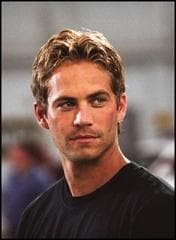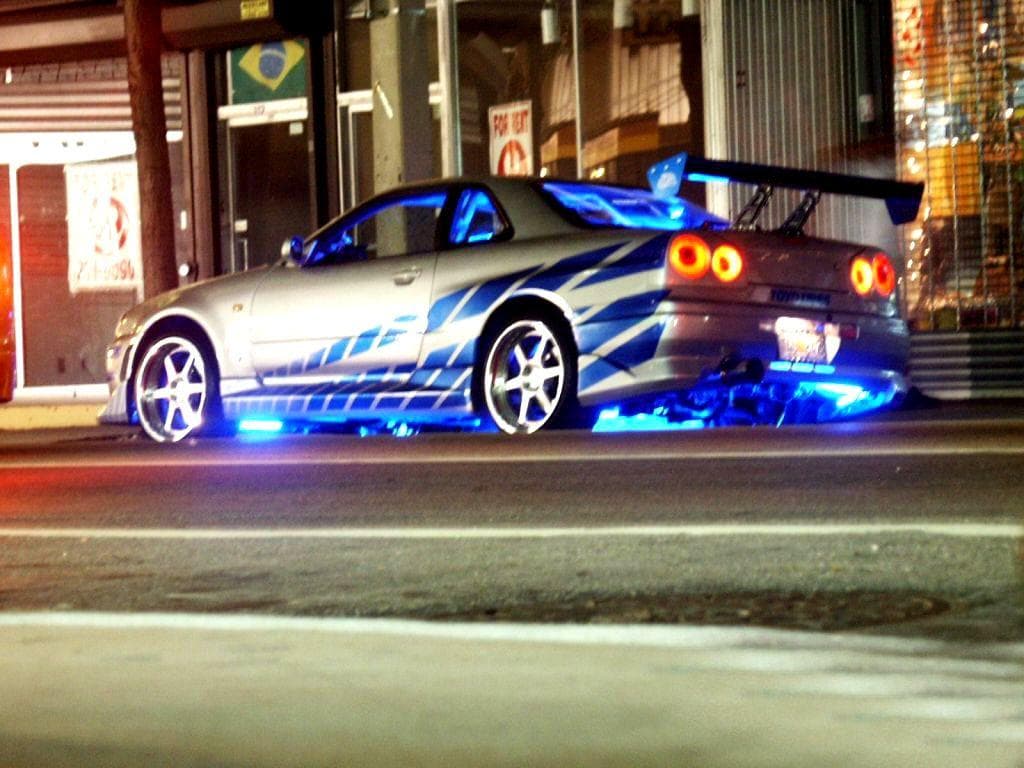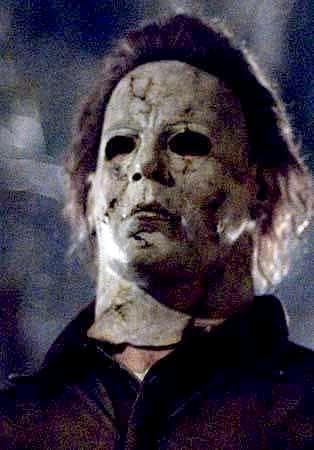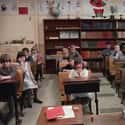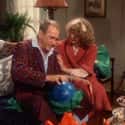(#3) Segregation Was Still Very Much A Part Of Public Schools During The Story's Time Period
Throughout the movie, Ralphie's classmates prove to be a rambunctious bunch, annoying the teacher with novelty teeth and daring one another to lick frozen flag poles. The class includes a few African American children, and while this is commonplace today (and in 1983, when the movie was released), real-life classrooms from the film's time period would have looked much different because of segregation. Despite three post-Civil War amendments to the Constitution establishing rights for African Americans, the Supreme Court continued to pass laws limiting these freedoms.
In 1896, Plessy v. Ferguson declared segregation constitutional and allowed the creation of "separate but equal" establishments. This ruling not only applied to schools, but also public transportation, churches, and even cemeteries. While laws supporting segregation came to be known as Jim Crow laws in Southern states, racial inequality was not limited to the South alone. Even Ralphie's state of Indiana would have been affected.
A few court cases initiated by the NAACP in the 1930s and 1940s challenged segregation in schools, but it wasn't until Brown v. Board of Education in 1954 that the Supreme Court finally ruled school segregation unconstitutional. Subsequent court cases and protests led to the 1964 passage of the Civil Rights Act, which put a legal end to segregation.
(#8) Mr. Parker Receives A Blue Bowling Ball For Christmas, But Bowling Balls Didn’t Have Color Until The '60s
As the Parkers wrap up their gift-giving on Christmas morning, Mrs. Parker drops a round, wrapped object in her husband's lap. "From me to you," she says. He replies "Thanks a lot," in a high pitched voice, indicating the object is heavy enough to hurt his groin. Mr. Parker opens the package to find a bright blue bowling ball and exclaims, "Well... it's a blue ball!"
Cleverly deployed adult jokes aside, this gift would not have been possible back in 1939. After using wood for many years, rubber became the material of choice for bowling ball manufacturing until the 1950s. Up to the 1960s, when polyester resin became more popular than rubber, bowling balls were the color of their materials - typically black or brown. By changing to polyester, however, manufacturers were able to create bowling balls in a variety of colors and patterns, just like Mr. Parker's historically inaccurate gift.
(#6) Scut Farkus Sports A Type Of Braces That Weren’t Invented Until The '70s
School bully Scut Farkus terrorizes Ralphie and his friends throughout the movie. His prominently displayed braces make him comically menacing while simultaneously reminding us he's still just a kid - despite being feared by all the local children.
Braces have been around since long before 1940, so their appearance in this particular period piece isn't unusual. However, the type of braces Scut wears are bonded to the teeth and were not around until the 1970s. If they were authentic to the time period, the wire would have been wrapped around each individual tooth and may not have been made of stainless steel.
By bonding the mesh backside of the braces to the enamel of the teeth, dentists were able to give patients freedom from so much metal in their mouths. This technique is still used by orthodontists today, which is why Scut's menacing braces look so much like modern dental work.
(#2) The Parkers Listen To Bing Crosby’s ‘Merry Christmas,’ Which Was Released In 1945
On Christmas morning, the Parkers gather around their glittering tree to exchange presents while Bing Crosby softly croons Christmas music in the background. It's a classic and warm holiday scene - but not quite historically accurate, as Crosby didn't release the album in question until 1945.
Merry Christmas compiled several of Crosby's holiday-themed hits into a single record, including "White Christmas," one of the most beloved songs ever recorded. The song was first broadcast to the public on Christmas Eve in 1941, just after the events of the movie presumptively occurred. After selling more than 15 million copies, Crosby's Merry Christmas remains the second-best selling Christmas album in history. A large part of its popularity comes from its inclusion of "White Christmas," which has kept its place as the best-selling single of all time despite the fact that people generally only listen to it one month out of the year.
(#1) Scut Farkus's Davy Crockett Hat Wasn't Popular Until The '50s
Davy Crockett's famous coonskin cap makes several appearances in the movie. It's first worn by Ralphie's father during a fantasy sequence in which Ralphie saves his frontier-era family from bad guys with his Red Ryder gun; its second appearance is atop the head of bully Scut Farkus. For a movie made in the 1980s, the hat symbolized boyhood from a bygone era and seemed an apt costuming detail. In 1940, however, someone wearing a faux raccoon pelt on their head would have been unusual.
Davy Crockett was a real frontiersman and folk hero who lived during the late 1700s and early 1800s, but his famous hat - made out of a raccoon with an intact tail - didn't enter pop culture until the mid-1950s. Walt Disney was behind the trend thanks to a five-part television series about Crockett, which gave hundreds of young boys a sudden desire to dress like the hero. The hat mania continued into 1955 as Disney assembled the series into a feature movie called Davy Crockett, King of the Wild Frontier. The hats were so popular, the National Museum of American History claimed people purchased around 5,000 hats a day during the 1950s.
(#11) Mr. Parker’s 1938 Oldsmobile Uses Bolts - Not Nuts, As He Implies
As Ralphie and his family drive home after buying a Christmas tree, their car gets a flat tire. Mr. Parker gets out to swap the flat with the spare while Mrs. Parker suggests Ralphie help his father. There's a brief moment of bonding over this manly task, and Mr. Parker hands Ralphie the hubcap, telling him to hold it horizontally like a bowl so he can "put the nuts in it." As he does this, viewers can clearly see Ralphie holding four lug nuts inside the hubcap. Unfortunately, Mr. Parker almost immediately knocks the hubcap out of Ralphie's hand, causing the contents to go flying and Ralphie to drop his infamous F-bomb - subsequent punishment for which will be a mouth full of soap.
A historical anachronism was revealed once viewers identified Mr. Parker's car as a 1938 Oldsmobile - which, contrary to what the old man said, used wheel bolts instead of lug nuts. Used by many older cars and German models for wheel attachment, wheel bolts feature a long threaded part that passes through the wheel and brake rotor hat. Lug nuts, on the other hand, are short and screw onto studs mounted in the hub.
Although this may be a minor inaccuracy, the error becomes more obvious as Ralphie watches the hubcap and nuts flying out of his hands and the narrator describes the moment as if immortalized in his memory: "For one brief moment, I saw all the bolts silhouetted against the lights of the traffic, and then they were gone."
New Random Displays Display All By Ranking
About This Tool
A Christmas Story is a family comedy film directed by Bob Clark. It was released on the Christmas holiday in 1983 and was adapted from a semi-fiction anecdote published by Jean Shepherd in 1966, and some of the stories in the movie come from his book published in 1971. The movie tells the boy's perseverance and adult's absurd behavior, the audience will laugh in mild humor and pungent irony.
The random tool lists 14 inaccuracies in A Christmas Story that was a popular movie, although the era of the movie has never been explicitly mentioned, people infer that the movie set up in the 1940s based on many details and features in the movie.
Our data comes from Ranker, If you want to participate in the ranking of items displayed on this page, please click here.

